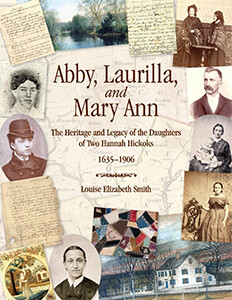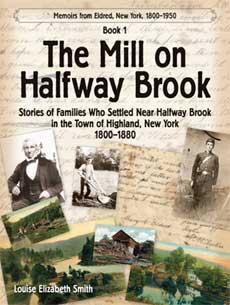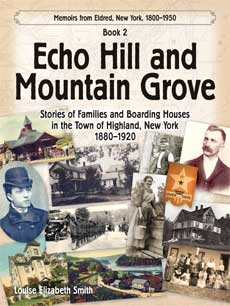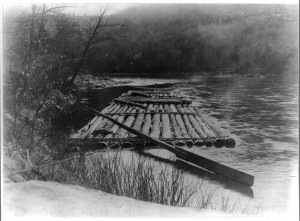
Daniel ingeniously lashed these logs (masts for boats), together, added a rudder, and floated the raft down the river—Timber Rafting it was called.
Leaving Cushetunk/Cochecton where he lived, Daniel and two others (one drowned) rafted about 200 miles down the Delaware River, past the settlements at Narrowsburgh, Ten Mile River, Shohola and the River, Pond Eddy, Mongaup, and Carpenter’s Point, and headed southeast to Philadelphia, Pennsylvania, where Mr. Skinner was paid twenty-four pounds—four pounds per mast.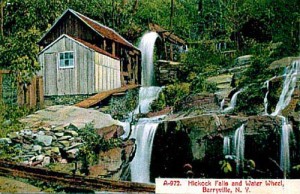
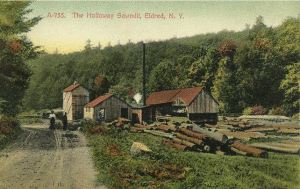

In 1800, Lumberland (then two years old), had a population of 733, most of whom had lumber-related jobs.
Saw-mills operated on various streams—see 1838 Map.
Enormous amounts of lumber were made into rafts and floated down one of the many rivers or brooks in the area that fed into the Delaware River.
The Delaware River flowed to Carpenter’s Point (Port Jervis) and on south to Philadelphia, Pennsylvania, where the lumber could be sold.
The Largest Raft
A Mr. Barnes took a 85 feet wide, 215 feet long raft, loaded with 120,000 feet of lumber down the Delaware River.


